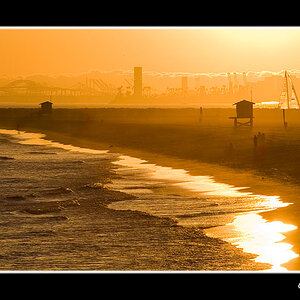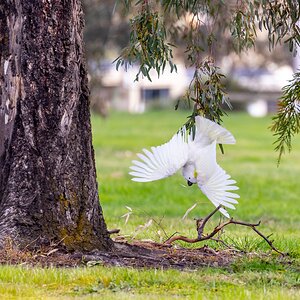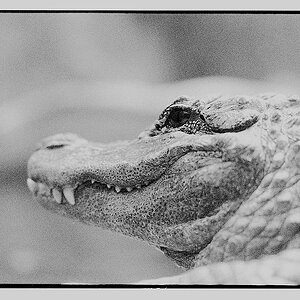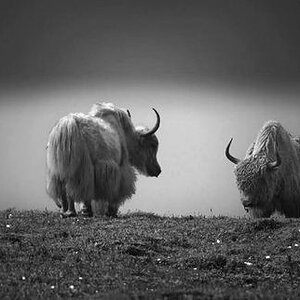rbconbautista
TPF Noob!
- Joined
- Sep 23, 2019
- Messages
- 45
- Reaction score
- 0
- Location
- California
- Can others edit my Photos
- Photos NOT OK to edit
Just a few quick questions. Does the aperture on the enlarger lens have anything to do with exposure time. For example if you were at f/8 at 10 seconds would f/5.6 at like 5 seconds would give you the same exposure. And should i use a smaller aperture if I'm planning 0n dodging and burning.












